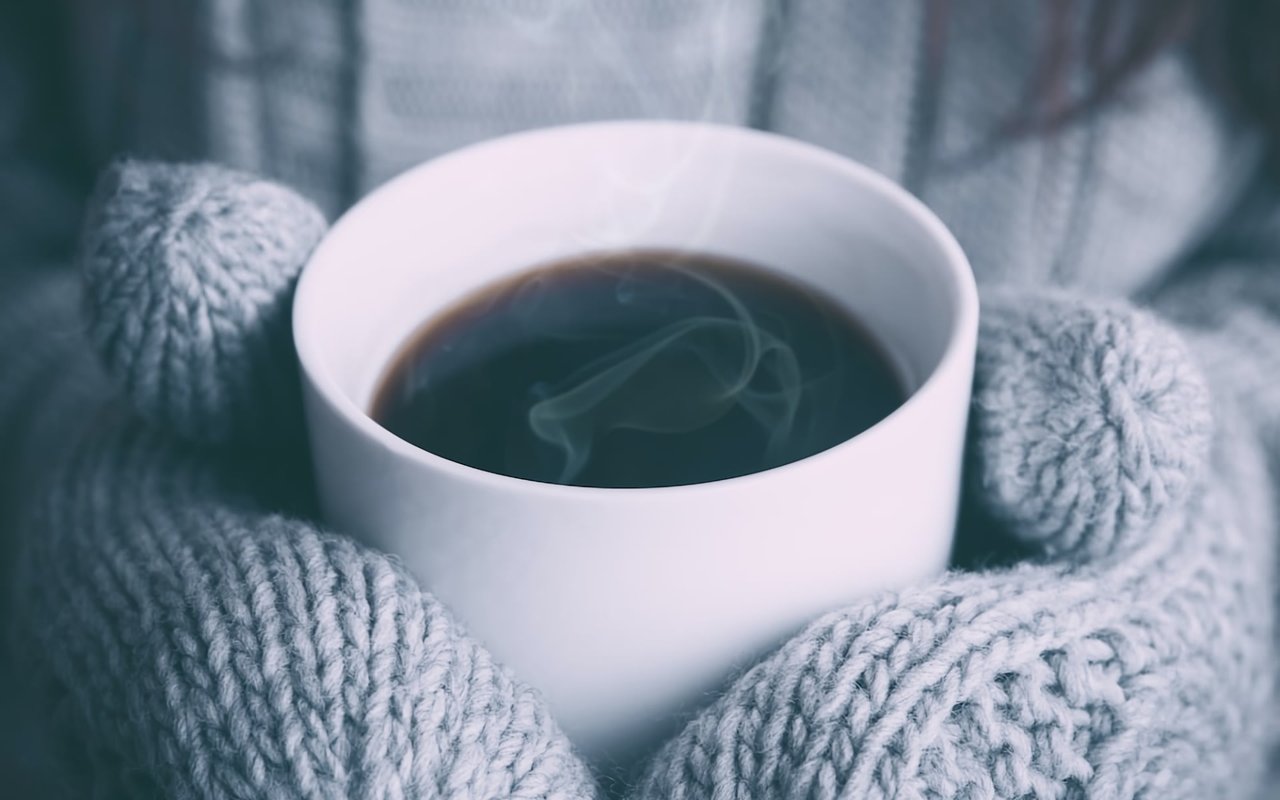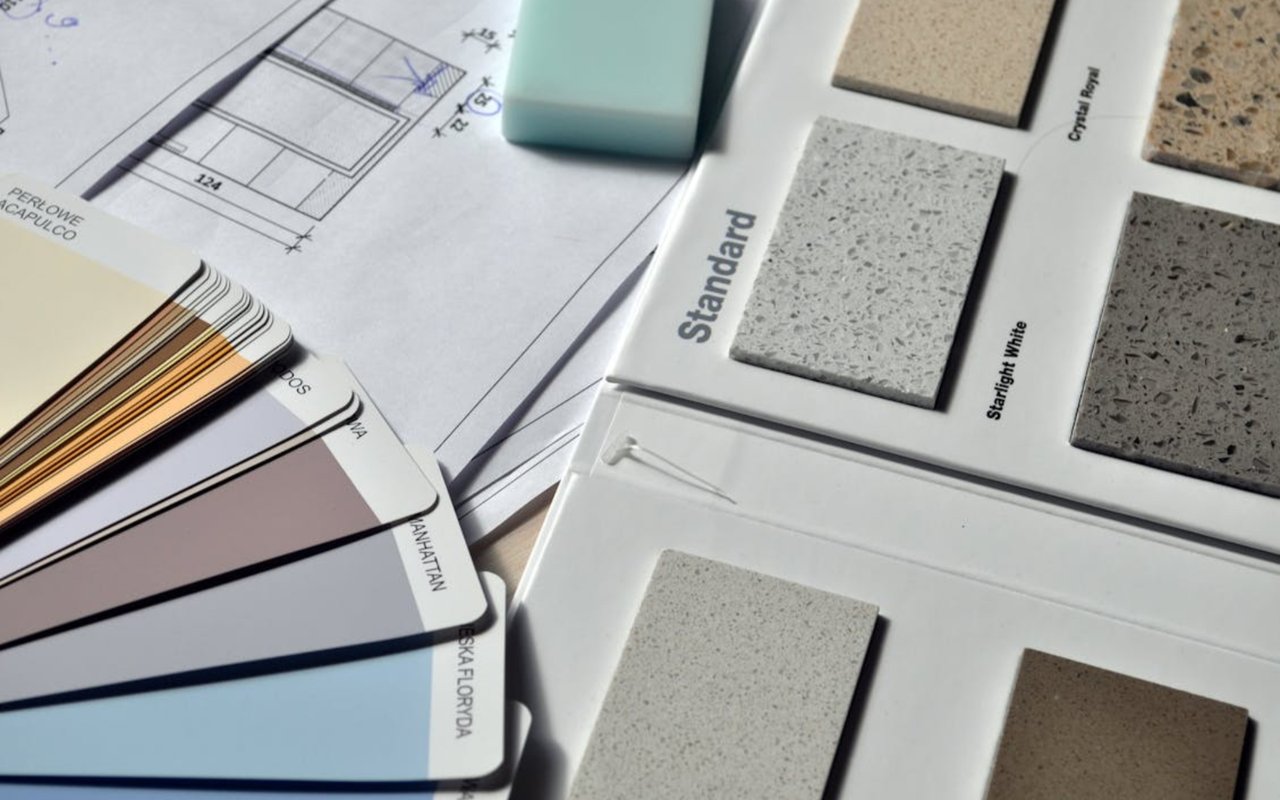As the chill of winter sets in, it's time to ensure that your home is prepared to weather the colder months ahead. While the Las Vegas area may experience milder winters compared to other regions, taking steps to winterize your home is essential to ensure comfort, energy efficiency, and the longevity of your property.
This comprehensive guide will explore practical tips and strategies to winterize your home, from safeguarding against drafts to preparing your heating system and everything in between.
Understanding Winterization
Winterizing your home involves a series of proactive measures to protect it from the challenges posed by colder temperatures. From preventing heat loss to safeguarding against potential issues like frozen pipes, a well-executed winterization plan ensures that your home remains a cozy haven throughout the winter months. Read on to delve into the key steps to winterize your home effectively.
1. Seal the Gaps: Weatherstripping and Caulking
Draft-Free Living
One of the first steps in winterizing your home is addressing drafts. Over time, weatherstripping may wear out or become damaged. Check windows and doors for any gaps that could let cold air in and warm air out. Apply weatherstripping to create a tight seal around windows and doors, and use caulk to fill in any visible gaps. This not only enhances your home’s energy efficiency but also creates a more comfortable indoor environment.
2. Upgrade Windows or Add Window Film
Windows play a pivotal role in maintaining the comfort of your home during the winter months. They can be a significant source of heat loss if not properly insulated.
If your windows are older or single-pane, upgrading to more energy-efficient options can make a substantial difference. Double-pane windows, especially those with low-emissivity (low-E) coatings, are designed to reduce heat transfer. These coatings minimize the amount of infrared and ultraviolet light that passes through the glass, effectively acting as a thermal barrier. This not only helps retain warmth inside your home during winter but also contributes to energy savings by reducing the need for constant heating.
If a full window replacement is not feasible, adding window film is a cost-effective alternative. Window films come in various types, including reflective, insulating, and low-E films. These films are applied directly to the glass and provide an additional layer of insulation. They can effectively reduce heat loss through windows while still allowing natural light to enter. Window films are a versatile option, offering benefits in both energy efficiency and UV protection.
If your windows are older or single-pane, upgrading to more energy-efficient options can make a substantial difference. Double-pane windows, especially those with low-emissivity (low-E) coatings, are designed to reduce heat transfer. These coatings minimize the amount of infrared and ultraviolet light that passes through the glass, effectively acting as a thermal barrier. This not only helps retain warmth inside your home during winter but also contributes to energy savings by reducing the need for constant heating.
If a full window replacement is not feasible, adding window film is a cost-effective alternative. Window films come in various types, including reflective, insulating, and low-E films. These films are applied directly to the glass and provide an additional layer of insulation. They can effectively reduce heat loss through windows while still allowing natural light to enter. Window films are a versatile option, offering benefits in both energy efficiency and UV protection.
3. HVAC System Maintenance
Before the winter chill intensifies, it's crucial to have your heating system inspected by a professional. Schedule a routine maintenance check to ensure that your furnace or heat pump is operating efficiently. Clean or replace the filters regularly to optimize performance and reduce energy consumption.
Programmable Thermostats
Consider installing a programmable thermostat to regulate your home's temperature more effectively. Set the thermostat to lower temperatures when you're away or asleep, and program it to increase the warmth when you're at home. This not only enhances your comfort but also contributes to energy savings.
Insulate Pipes and Water Heater
Protect your plumbing system from the risk of frozen pipes by insulating them with pipe insulation. Additionally, consider insulating your water heater to minimize heat loss. This not only prevents energy wastage but also ensures that hot water is readily available during the colder months.
4. Roof and Gutter Maintenance
Clean the Gutters
Leaves and debris accumulated in your home’s gutters can lead to clogs and prevent proper drainage. Before winter arrives, clean your gutters thoroughly to ensure that rainwater can flow freely. This helps prevent water damage to your home's foundation and roof.
Inspect the Roof for Damage
A damaged roof can lead to leaks, drafts, and increased energy bills. Inspect your roof for any missing or damaged shingles, and address any issues promptly. Proper maintenance now can prevent more significant problems during the winter months.
5. Prepare for Emergency Situations
It's always wise to be prepared for unexpected emergencies. Assemble an emergency kit that includes essentials like flashlights, batteries, blankets, non-perishable food items, water, and a first aid kit. This ensures that you're ready for any unforeseen challenges, such as power outages or severe weather conditions.
Emergency Heating Source
In the event of a power outage, having an alternative heating source is crucial. Whether it's a generator, a portable heater designed for indoor use, or a supply of firewood for your fireplace, having a backup plan ensures that you can stay warm even when facing unexpected disruptions.
While the winters in the Las Vegas area may be milder compared to other regions, it's still essential to take proactive steps to winterize your home. As you embark on the winterization process, consider it an investment in the longevity of your property and the assurance of a cozy and comfortable living space throughout the colder months. So, gear up for winter comfort and ensure that your home is a warm haven during the chillier days ahead.
While the winters in the Las Vegas area may be milder compared to other regions, it's still essential to take proactive steps to winterize your home. As you embark on the winterization process, consider it an investment in the longevity of your property and the assurance of a cozy and comfortable living space throughout the colder months. So, gear up for winter comfort and ensure that your home is a warm haven during the chillier days ahead.
If you’re looking for guidance as you begin your next real estate adventure in Las Vegas real estate, the expert team at MDB Realty is prepared to guide you to success. Reach out to them to get started!




